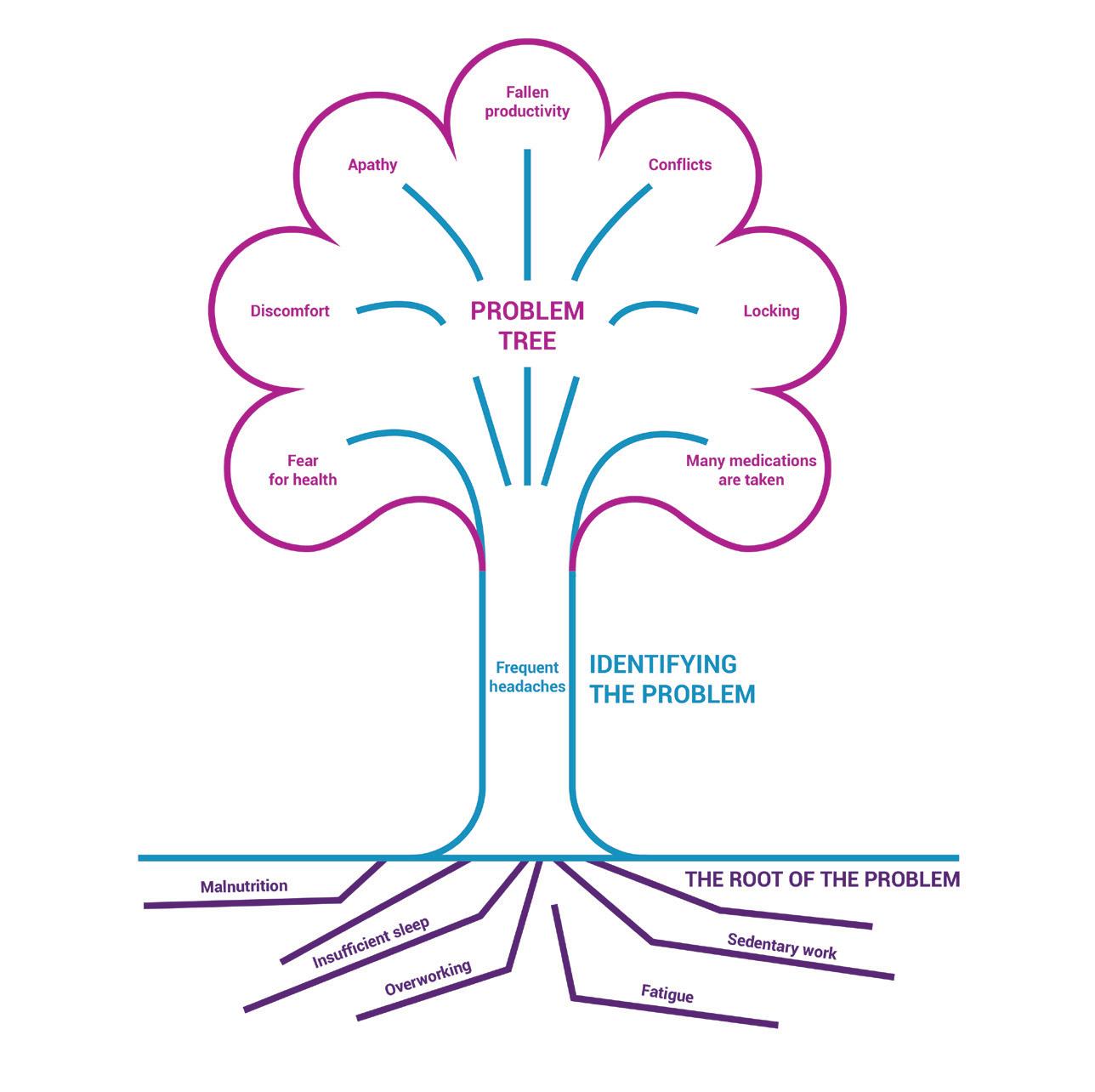MODULE: Business communication SUBJECT TITLE: Organization of events Alena Dzinman
Subject title
Purpose of the activity
Duration
Location and tools Number of participants
Acquaintance/ team building methods
Organization of events
To acquaint the participants with the peculiarities and the stages of the planning and organization of an event on the basis of which they would be able to independently organize and implement the event on the chosen topic.
2–3 hours.
Projector, large sheets, various stationery, chairs, tables.
10–20 participants. At the beginning of the session, participants are invited to divide into groups of 3–4 people and share their most memorable events that they’ve had to attend. What made these events special? What did you remember the most? Participants are also invited to share in which area they would like to organize an event themselves and what it would be about. 10–15 minutes are given for such an introductory conversation in a group. Participants are divided into groups of 3–4 people, in which they plan a future event based on the six-stage event organization model provided. Key questions for participants to answer in the team. STAGE 1. Define what the purpose and objectives of your event are. Be sure to include quantitative indicators.
Practical tasks
STAGE 2. What is the idea and format of the event? How long will the event last and what is its program? STAGE 3. What speakers will you invite? Who will be the main participants of the event? STAGE 4. Discuss the main points of preparation for the event. STAGE 5. Plan how things will go on the day of the event. STAGE 6. What results do you expect at the end of the event? Participants have 45–60 minutes to complete the task.
End of session reflection methods
186
At the end of the session, each group presents their event’s project. Members of other groups ask questions, give their advice, recommendations and comments. Each participant says what he/she has learned during the session and when performing the task.










